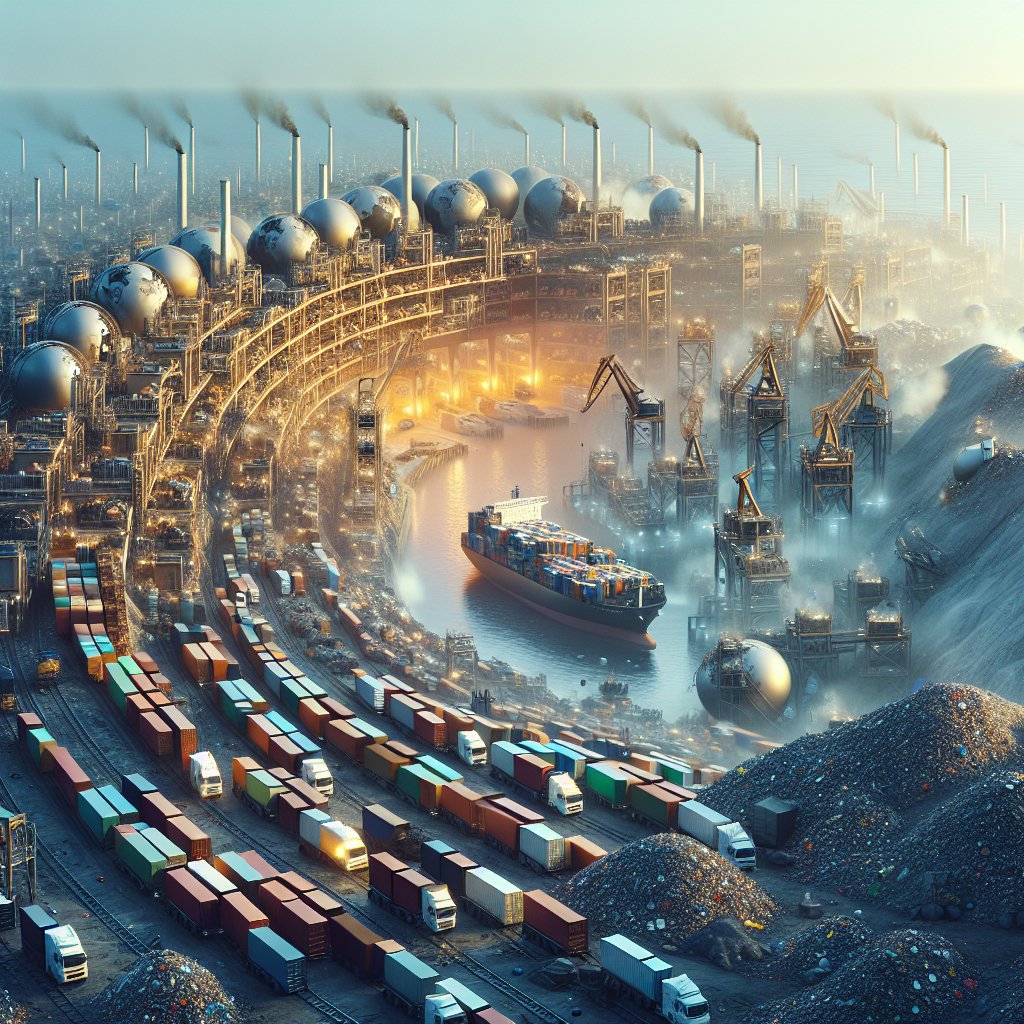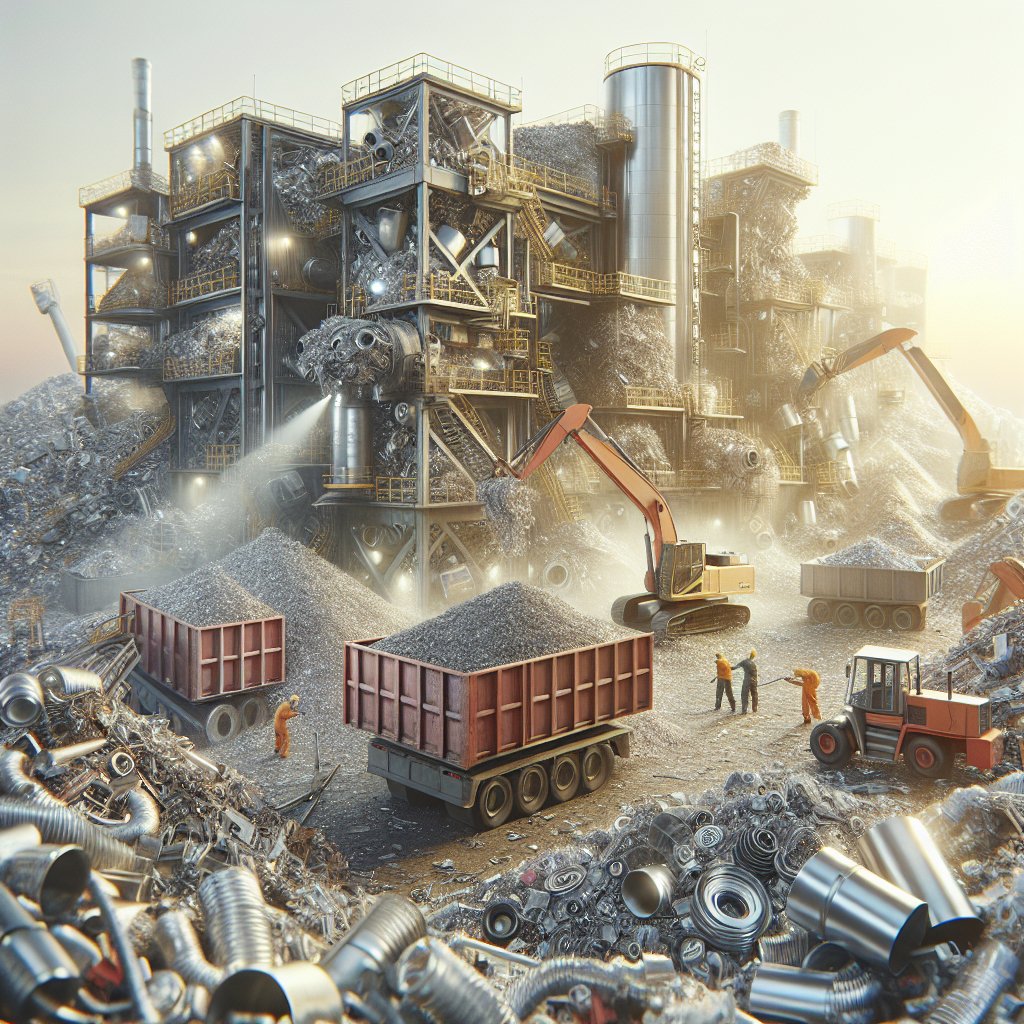The global supply of rare metals is a critical issue that has garnered significant attention in recent years. As the demand for these essential materials continues to rise, questions about the sustainability and availability of rare metals have become increasingly pressing. This article explores the current state of the global supply of rare metals, the challenges faced in meeting the growing demand, and potential solutions to ensure a stable supply in the future.
The Growing Demand for Rare Metals
Rare metals, including elements such as lithium, cobalt, and rare earth elements, are indispensable in the production of modern technologies. They are used in everything from smartphones and electric vehicles to renewable energy systems and advanced military equipment. As the world becomes more technologically advanced and environmentally conscious, the demand for these metals has surged.
One of the primary drivers of this increased demand is the transition to renewable energy sources. Solar panels, wind turbines, and electric vehicles all rely heavily on rare metals for their production and operation. For instance, lithium-ion batteries, which power electric vehicles and store energy from renewable sources, require significant amounts of lithium and cobalt. As countries strive to reduce their carbon footprints and meet international climate goals, the demand for these technologies—and consequently, the rare metals they require—continues to grow.
Additionally, the proliferation of consumer electronics has contributed to the rising demand for rare metals. Smartphones, tablets, and laptops all contain small but crucial amounts of these materials. With the global population becoming increasingly connected, the production of these devices shows no signs of slowing down, further exacerbating the demand for rare metals.
Moreover, geopolitical factors also play a role in the demand for rare metals. As nations seek to secure their technological and military advantages, the strategic importance of these materials has become more pronounced. This has led to increased competition among countries to secure reliable sources of rare metals, further driving up demand.
Challenges in Meeting the Supply
While the demand for rare metals is on the rise, the supply side faces numerous challenges. One of the most significant issues is the concentration of rare metal production in a few countries. For example, China dominates the production of rare earth elements, accounting for over 80% of the global supply. This concentration poses risks to the stability of the supply chain, as geopolitical tensions or trade disputes could disrupt the flow of these critical materials.
Another challenge is the environmental and social impact of rare metal mining. Extracting these metals often involves environmentally damaging processes, such as open-pit mining and the use of toxic chemicals. These practices can lead to habitat destruction, water pollution, and health problems for local communities. As awareness of these issues grows, there is increasing pressure on mining companies to adopt more sustainable practices, which can be costly and time-consuming.
Furthermore, the finite nature of rare metal resources presents a long-term challenge. While new deposits are occasionally discovered, the overall availability of these materials is limited. As easily accessible reserves are depleted, mining companies must turn to more challenging and expensive extraction methods, which can drive up costs and limit supply.
Recycling and recovery of rare metals from electronic waste offer a potential solution to supply challenges, but these processes are not yet widely implemented or efficient enough to meet the growing demand. Developing effective recycling technologies and infrastructure is crucial to supplementing the primary supply of rare metals.
Potential Solutions for a Sustainable Future
To address the challenges of meeting the global demand for rare metals, a multifaceted approach is necessary. One potential solution is diversifying the sources of rare metals. By investing in exploration and development of new mining sites in different regions, countries can reduce their reliance on a few dominant suppliers and mitigate geopolitical risks.
Another important strategy is improving the efficiency of rare metal use. Advances in technology can lead to the development of alternative materials or more efficient designs that require less of these critical metals. For example, researchers are exploring the use of alternative battery chemistries that reduce or eliminate the need for cobalt, which could alleviate some of the pressure on the supply chain.
Promoting recycling and the circular economy is also essential. By recovering rare metals from end-of-life products, the industry can reduce its dependence on primary mining and lessen the environmental impact of extraction. Governments and companies can incentivize recycling through policies and investments in recycling infrastructure and technology.
International cooperation and policy frameworks can also play a crucial role in ensuring a stable supply of rare metals. By working together, countries can establish agreements that promote fair trade, sustainable mining practices, and the sharing of technological advancements. Such collaboration can help stabilize the market and ensure that all nations have access to the materials they need for technological and economic development.
In conclusion, while the global supply of rare metals faces significant challenges, there are viable solutions to ensure that demand can be met sustainably. By diversifying sources, improving efficiency, promoting recycling, and fostering international cooperation, the world can secure a stable supply of these critical materials for the future. As the demand for rare metals continues to grow, it is imperative that stakeholders across industries and governments work together to address these challenges and build a more sustainable and resilient supply chain.












